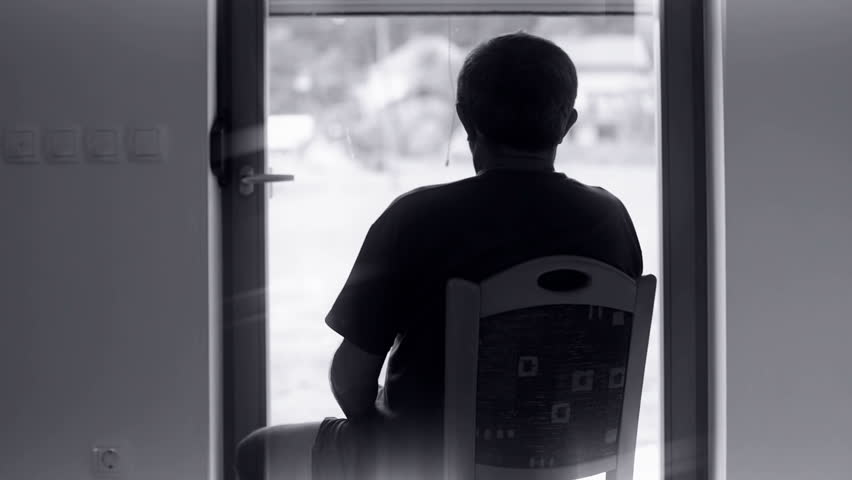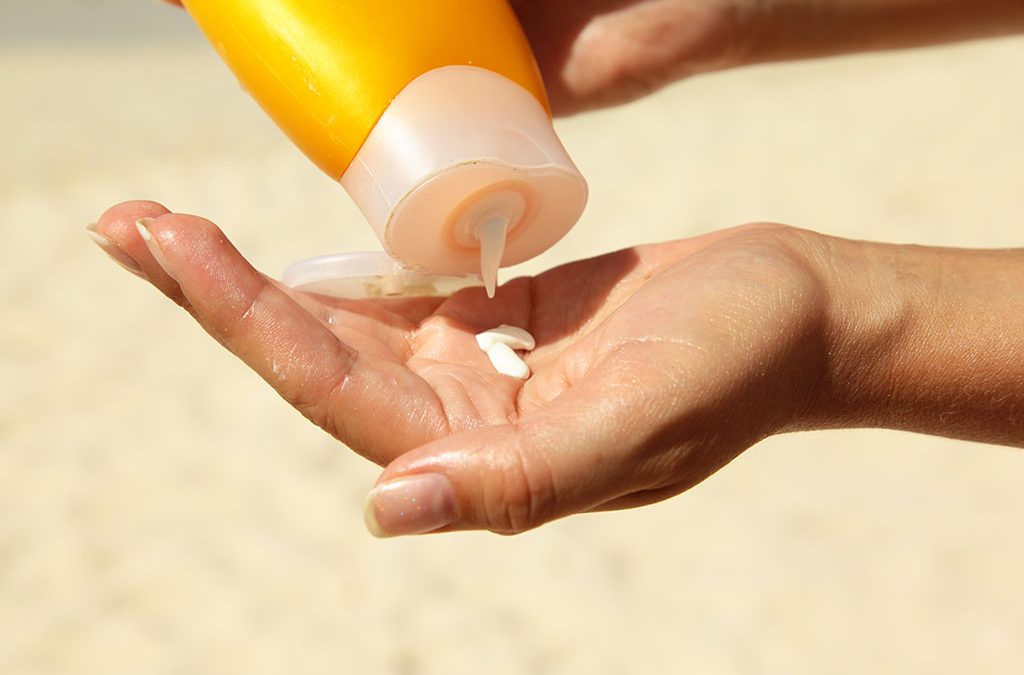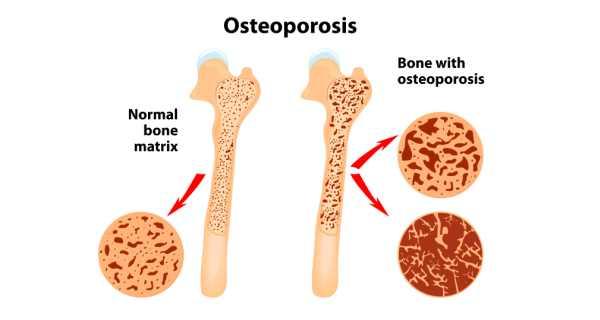
The Difficulty
These diverse factors make it tough to recommend the correct amount of sunlight for vitamin D to a person. To prove this the Vitamin D council gives a few examples-
“At noon during summer in Miami, someone with a medium skin tone would need to expose one-quarter of their skin to sunlight for 6 minutes.”
“At noon during summer in Boston, someone with a darker skin tone would need to expose one-quarter of their skin to sunlight for 2 hours.”
Other Factors
Bodies of some people might not be able to receive enough vitamin D from the sunlight because of a certain kind of lifestyle. For example, people who work night shifts and are at home the entire day or keep their skins covered all the time and use high SPF sunscreen are prone to have bodies deficient in vitamin D.
Protection Against UV Rays
Overexposing one’s skin to sunlight can also be harmful. The body needs only a limited amount of vitamin D and beyond that skin should be protected from the harmful UV rays which can cause aging of the skin, burning and also increase the risk of skin cancer. But what happens if the body is deficient in vitamin D?
Vitamin D Deficiency
There is no official set level of vitamin D deficiency. To measure the amount of vitamin D in the blood, scientists use nanograms per millimeter (ng/mL). Some consider that if the blood has less than 12 ng/mL of vitamin D the body is deficient and if the amount is less than 20 ng/mL then it is a red alert.
Another group believes that the amount should be higher and alarm bells should ring in case it is less than 30 ng/mL.
Symptoms
In children, the deficiency of vitamin D causes rickets. In this condition, the bones of the body become soft and bend. In the case of adults, the deficiency can also cause bones to pain and muscles to weaken.
If there is a chronic deficiency of this vitamin it can lead to osteoporosis. Medicine Net defines Osteoporosis as “a condition of fragile bone with an increased susceptibility to fracture.”
Recommended Daily Intake
As mentioned earlier, a specific recommendation for vitamin D intake is hard to suggest because of all the varying factors of location, season and time. However, the guidelines are based on the assumption that a person gets minimum sun.






